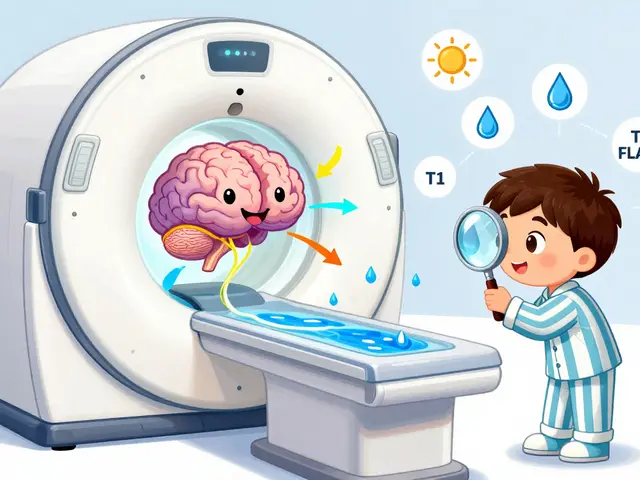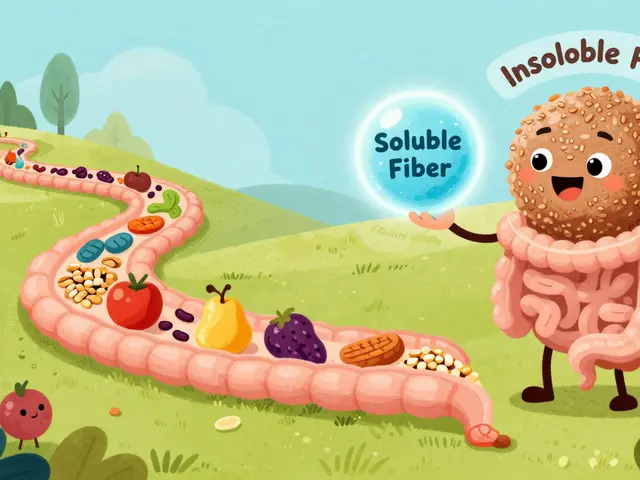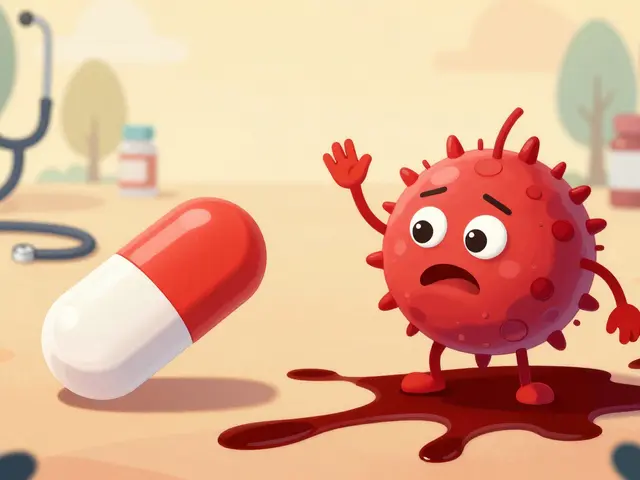IDSA Candidemia Guidelines – Quick Practical Guide
If you or a loved one got a candidemia diagnosis, you probably feel overwhelmed. Candidemia is a blood infection caused by Candida fungi, and it can turn serious fast. The Infectious Diseases Society of America (IDSA) put together clear recommendations to help doctors treat it effectively. Below is a plain‑language rundown of the most important points, so you know what to expect and can ask the right questions during your appointments.
First‑Line Treatment: Start Strong with an Echinocandin
The IDSA says the best initial drugs are echinocandins – think caspofungin, micafungin, or anidulafungin. These medicines attack the fungus’s cell wall and work well for most patients, even if the infection is severe. Start the IV medication as soon as candidemia is confirmed; the sooner you treat, the better the outcome.
Switching to Fluconazole and Duration of Therapy
Once the patient stabilizes and the Candida strain shows susceptibility, the guidelines allow a switch to fluconazole, an oral antifungal that’s easier to take. The total treatment length is usually at least 14 days after the blood cultures turn negative, but your doctor may adjust it based on how sick you were and whether the source (like a catheter) was removed.
Removing any central line or catheter that could be feeding the fungus is a must. The IDSA recommends pulling the line as soon as possible unless it’s absolutely needed for life‑support. Leaving a contaminated line in place raises the chance of relapse.
Don’t forget to check the lab for susceptibility testing. The IDSA stresses that labs should test the isolate against echinocandins and fluconazole. If the fungus is resistant, your doctor will pick a different drug, such as a high‑dose fluconazole or a newer azole.
Patients with a history of recent abdominal surgery, severe burns, or neutropenia need extra attention. The guidelines suggest a more aggressive approach, often keeping the echinocandin for the whole course because these groups have higher risk of treatment failure.
Monitoring is simple but crucial. Blood cultures should be repeated every 24‑48 hours until they’re clear. Keep an eye on liver and kidney labs, especially if you’re on prolonged antifungal therapy. Any signs of side effects, like rash or abnormal liver tests, should be reported right away.
What about re‑infection? The IDSA notes that a second episode of candidemia is more common if the original source wasn’t fully cleared. That’s why source control – removing infected devices, draining abscesses, and treating underlying conditions – is as important as the drug itself.
Finally, the guidelines remind doctors to involve an infectious disease specialist whenever possible. These experts can fine‑tune the regimen, handle complex cases, and ensure follow‑up testing is done correctly.
Understanding the IDSA candidemia guidelines gives you a solid footing when talking to your healthcare team. You now know why early echinocandin therapy, quick line removal, and careful lab testing are non‑negotiable steps. Keep these points in mind, ask for clarification if anything sounds unclear, and stay proactive about your care.





